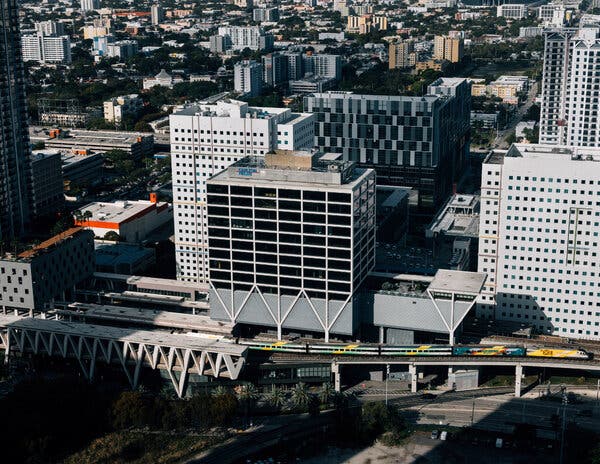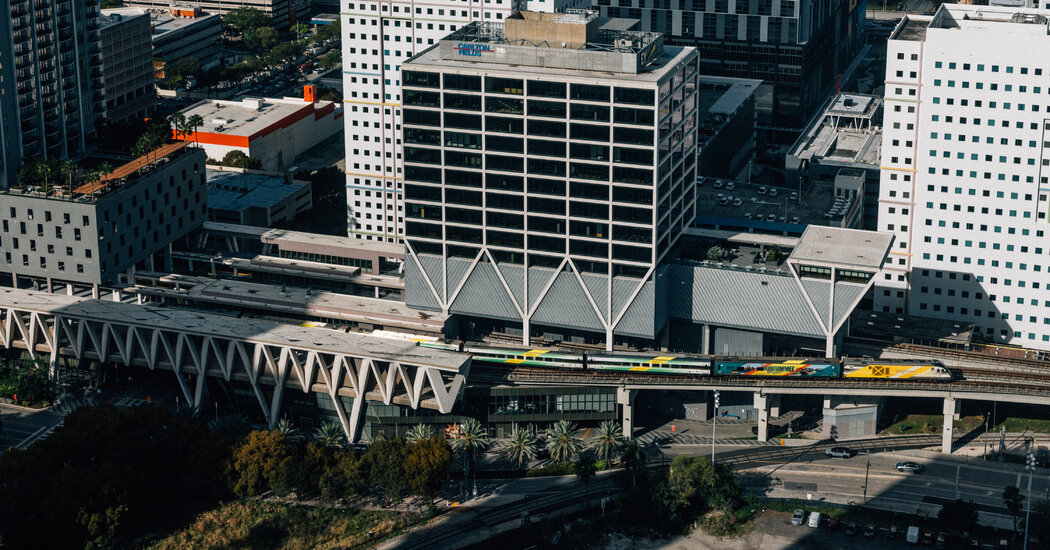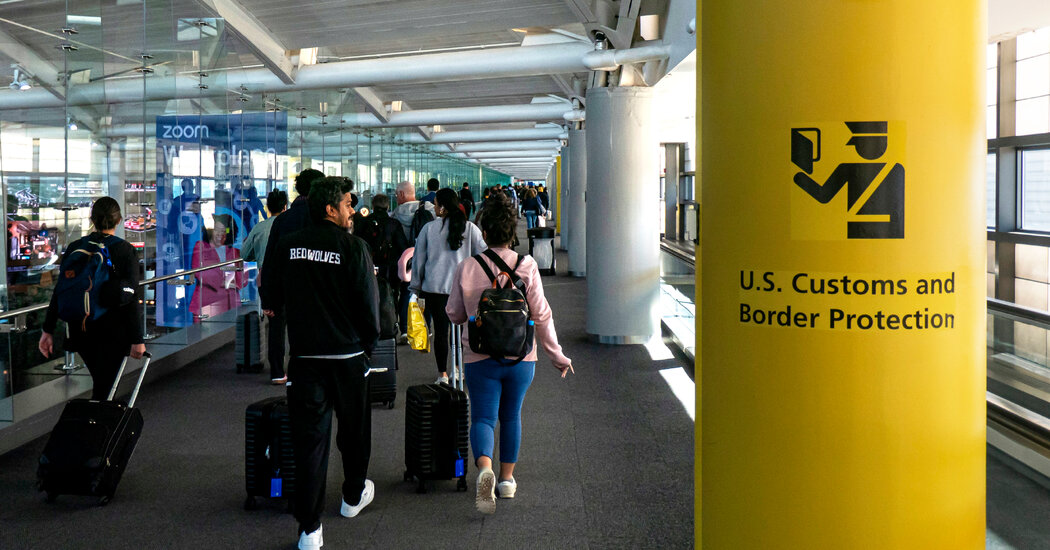Reviving Train Travel in Florida

Amid the bustling scene in Highland Beach, Florida, firemen were en route to a conference in Miami, while a money manager made his way to his office in Boca Raton. The atmosphere was lively, filled with families of young children wearing cheerful Mickey Mouse ears and carrying bright Little Mermaid backpacks. They filled the train’s sun-drenched four-seaters, all heading to or returning from enchanting Disney cruises and various exciting theme parks.
Florida, a state synonymous with sunshine and adventure, is currently experiencing a renaissance in intercity passenger rail travel. This revival harkens back to the late 19th century when oil magnate Henry Flagler constructed a railroad along the Atlantic coast of Florida. His efforts played a crucial role in accelerating the state’s growth, effectively putting cities like Miami and Palm Beach on the map. However, as the automobile became the preferred mode of transportation, the prominence of rail travel diminished.
Now, a privately owned company known as Brightline is making waves by operating on Flagler’s historic railway line, presenting a modern vision for the enduring benefits of train travel. Brightline connects passengers across a distance of 235 miles between Miami and Orlando, with several strategic stops along the way, and it has ambitious plans to extend its service to Tampa.
A Brightline train at the company’s Miami station, which serves as the southern terminus of its service, symbolizes this new era of rail travel. Credit: Rose Marie Cromwell for The New York Times
In addition to its Florida operations, Brightline is pursuing an even more ambitious project: a $12.4 billion, 218-mile all-electric train that aims to link Las Vegas with Los Angeles. More specifically, the service will connect to Rancho Cucamonga, California, where travelers can seamlessly transition onto the California Metrolink to reach L.A. This initiative aspires to establish America’s first genuine high-speed rail network.
Unlike the Florida project, which has been primarily funded by Brightline itself, this new venture has already secured $3 billion in federal grants. The company is working diligently to launch this service before the highly anticipated 2028 Summer Olympics in Los Angeles, with a revised target now set for the end of that year.
As intercity rail travel faces challenges in the United States, the critical question arises: can a private entity like Brightline be the solution? It is widely acknowledged that trains have the potential to serve as powerful engines for urban and economic development. However, the pressing concern remains—can they achieve profitability in the long run?

